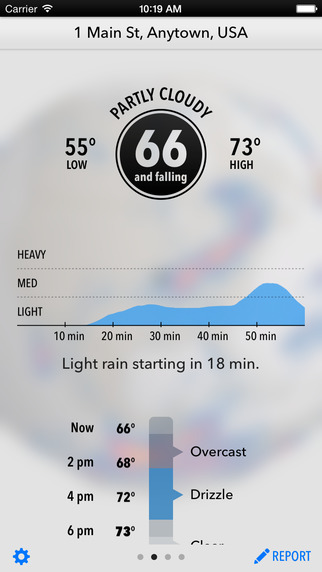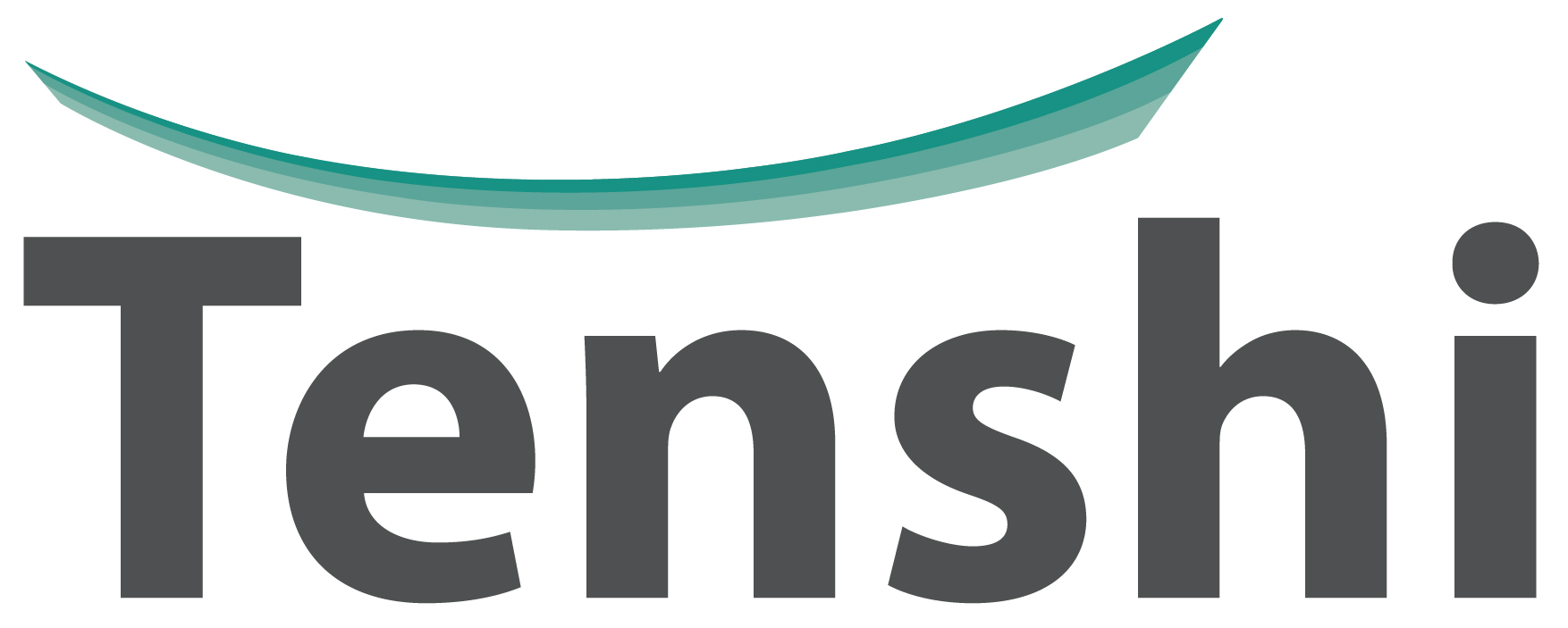
Screenwriter William Goldman famously remarked in his book about Hollywood, Adventures in the Screen Trade, that “Nobody knows anything.”
“Not one person in the entire motion picture field knows for a certainty what’s going to work,” he explains, when talking of the uncertainty around a film’s release and whether it will be a hit or not. “Every time out it’s a guess and, if you’re lucky, an educated one.”
In summer 2015, you could say the same thing about the wearables market: nobody – from the fanciest device manufactures in sunny California to the lowliest app developers working out of a shed in Bognor Regis – really knows what wearable devices and apps are going to be a hit.
That might sound slightly strange, given the millions of hours and billions of dollars that have gone into developing wearables. It might sound like a criticism, too, of a multi-billion dollar industry that has ploughed on with its work with no idea of what consumers actually want.
The reality, though, is this uncertainty is totally normal in a developing market like wearables, one that has arguably only just passed its sixth birthday (if we take 2009 and the launch of Samsung’s S9110 Watch Phone as the birth of wearable technology).
Maybe even the sixth birthday is pushing things a bit: the S9110 made a minimal impact, activity trackers like Fitbit and Jawbone are only now entering the mainstream and the Pebble Watch is still rarely seen in real life, some two years after its release. In fact, you could argue that the wearables market only really made its consumer bow earlier this year, when the Apple Watch was released to the masses.
Whatever the case, the fact remains that in 2015 we still don’t know what people want from their wearable devices because we don’t have enough consumer data to tell us.
New devices in the tech industry may be researched and tested within an inch of their lives before release but this pales into insignificance compared to what we learn from the real-life experiences of users when products are in the wild. (Nobody in the telecoms industry, for example, thought text messaging would take off, until consumers latched onto it.)
In this context new findings from wearables analyst Wristly, released this week, are very telling. The company polled 1,300 Apple Watch users – by far its biggest sample to date – about their favourite third-party apps for the Apple wearable. The results are intriguing, revealing a penchant for weather apps among Apple Watch users the intensity of which may surprise some readers.
Hyperlocal weather app Dark Sky, which tells users “exactly when it will rain (or snow) up to an hour in advance”, was the most popular third-party app in Wristly’s poll, followed by calendar app Fantastical and Overcast: Podcast Player. Rounding out the top 10 are apps from Uber, Instagram, Twitter, Shazam, the New York Times, Major League Baseball and Starbucks.
“Worth noting is that ‘Weather App’ is by far the most frequently cited category with others including AccuWeather, CarrotWeather and WeatherChannel being frequently cited too.” Wristly explains in a blog on the results of the poll.
Of course, the Wristly poll is far from a definitive guide as to how people use their smartwatches. It tells us nothing, for example, of the popularity of the apps that come pre-installed on the Apple Watch, which include Activity, Workout and Maps.
We cannot, therefore, claim that weather apps are the most popular applications on the device, despite their strong showing here. We should not forget too that several big names in tech – such as Facebook – have yet to release apps for the Apple Watch.
And yet Dark Sky’s triumph is a clear sign of how consumers are actually using their wearable devices, allowing us to add localised weather to fitness trackers in the short list of things that consumers genuinely want from wearables. Developers of calendar apps and podcast players should also be
encouraged.
Going further, the fact that Dark Sky’s popularity on Apple Watch exceeds its relative popularity on iPhone and iPad suggests that the smartwatch could be its natural home, as Dark Sky co-developer Adam Grossman has posited in a blog.
“From the first time I strapped on an Apple Watch, I knew it was the platform Dark Sky was always meant for,” he writes. “I often miss Dark Sky notifications whenever my iPhone isn’t on me. And the times I care most about getting rained on – when I’m outside my home – are the very times I’m least likely to want to pull a phone out of my pocket.”
These findings are important for Dark Sky, of course, but also for other third-party app developers and even for manufacturers of wearable devices. Apple may already includes a weather app with the Apple Watch but on this evidence it might consider beefing it up a bit – or even buying Dark Sky.
What else can we learn from Wristly’s findings? That the Apple Watch has yet to take off as a media consumption device: only 30% of respondents said they listened to music on their Apple Watch on a weekly basis, while 16% enjoyed podcasts. Most people, however, don’t use their Apple Watch at all for music, photos or video, suggesting that Apple has far from nailed the media consumption experience on the Apple Watch.
I mentioned above that fitness trackers have already proved their popularity in the wearables market. Fresh evidence for this arrived this week in the form of new shipment figures from analyst IDC, which found that activity tracking device Fitbit had shipped 4.4m units in the second quarter of 2014, ahead of the Apple Watch with 3.6m. (IDC classes the Apple Watch as a smart wearable, as it can run third-party apps, while Fitbit is considered a basic wearable.)
“Fitbit’s 2Q15 results reads as a list of successes: triple-digit year-over-year worldwide volume growth; double-digit year-over-year worldwide revenue and profit growth; expanded partnerships with corporate wellness groups, fashion and food companies; and increased visibility in the media,” IDC says.
Ramon Llamas, research manager for IDC’s Wearables team, says that the success of the Apple Watch is good news for the wearables market as a whole. “Anytime Apple enters a new market, not only does it draw attention to itself, but to the market as a whole,” Llamas says. “Its participation benefits multiple players and platforms within the wearables ecosystem, and ultimately drives total volumes higher.
“Apple also forces other vendors – especially those that have been part of this market for multiple quarters – to re-evaluate their products and experiences. Fairly or not, Apple will become the stick against which other wearables are measured, and competing vendors need to stay current or ahead of Apple.”
IDC’s figures – which came days before Samsung launched its new Gear S2 smartwatch – were a stark reminder of how quickly the wearables market is growing in 2015, with total wearables shipment for the quarter up 223.2% year-on-year at 18.1m million units.
Not forgetting that these are shipments rather than sales, that is still impressive growth. And while we still don’t really know what people want from wearable devices, 18m or so new consumers over the quarter are about to give us some very useful feedback.
